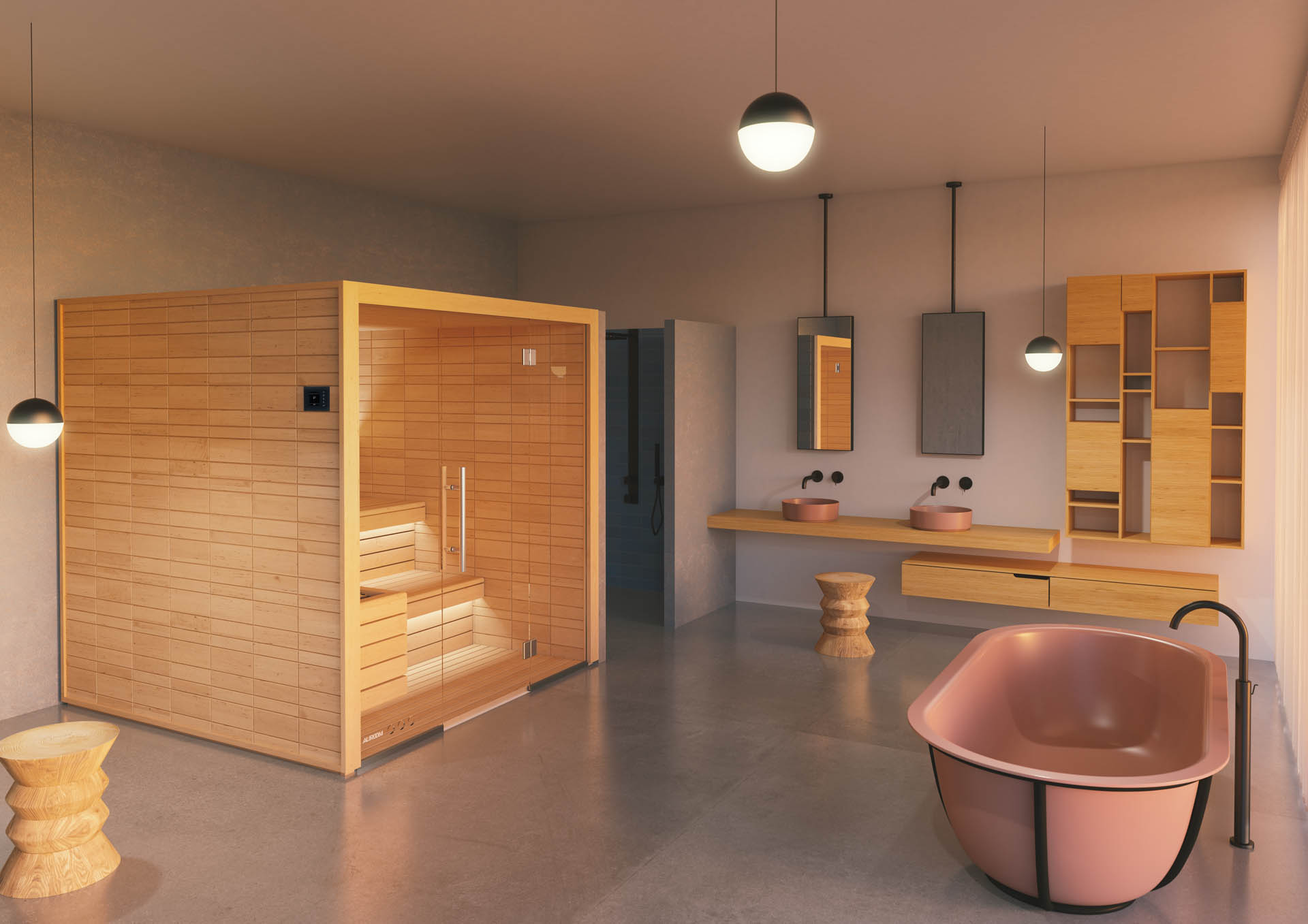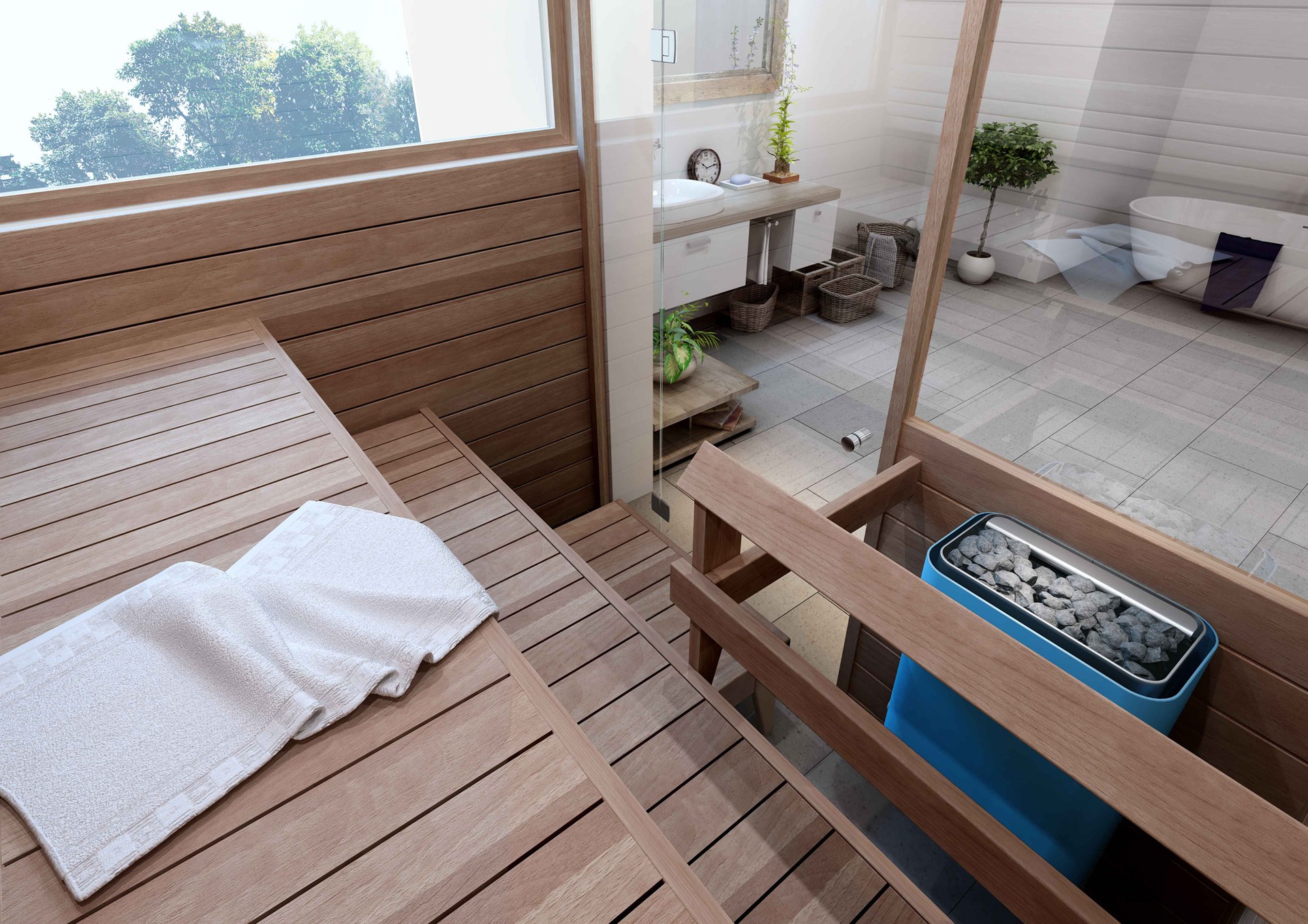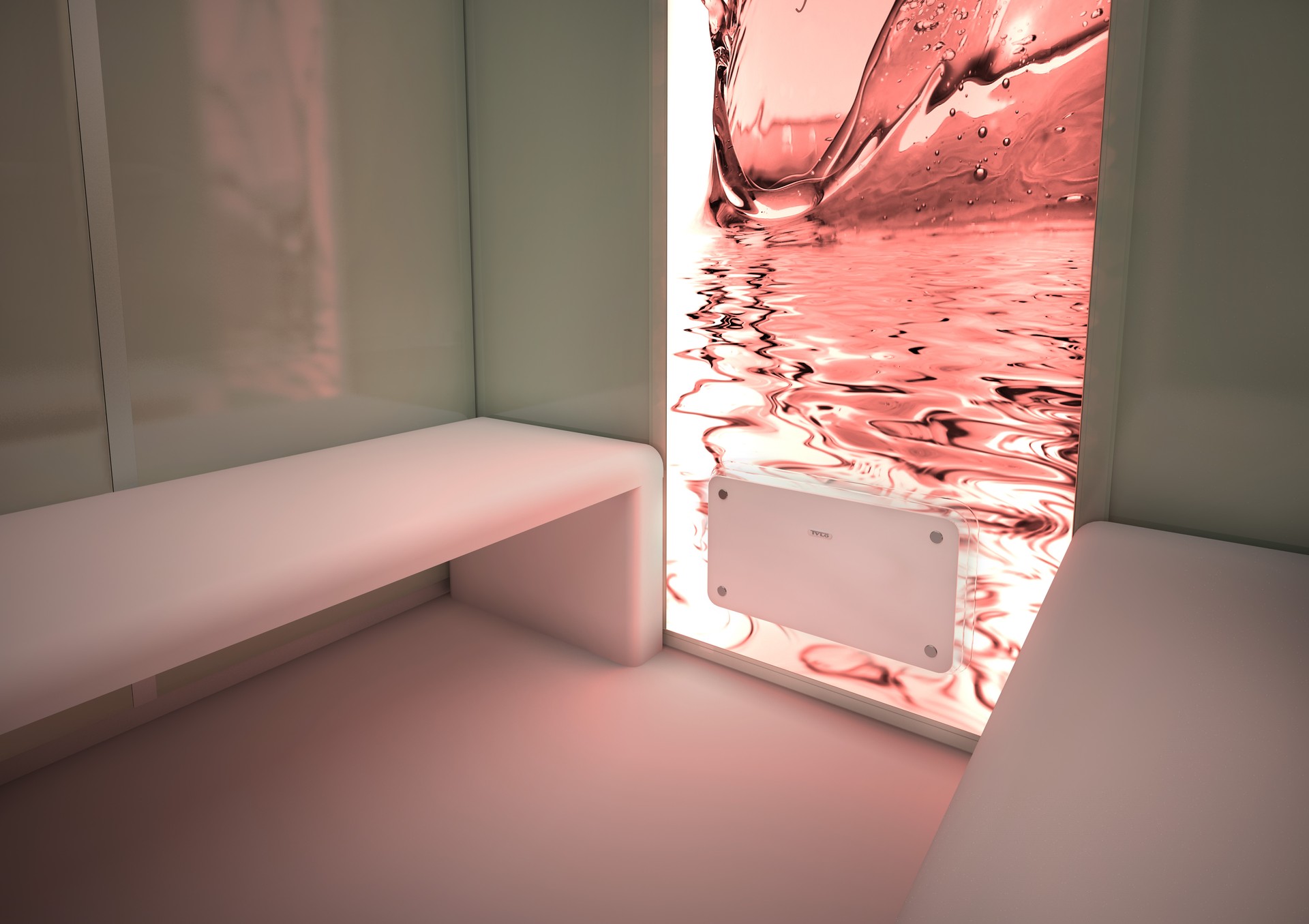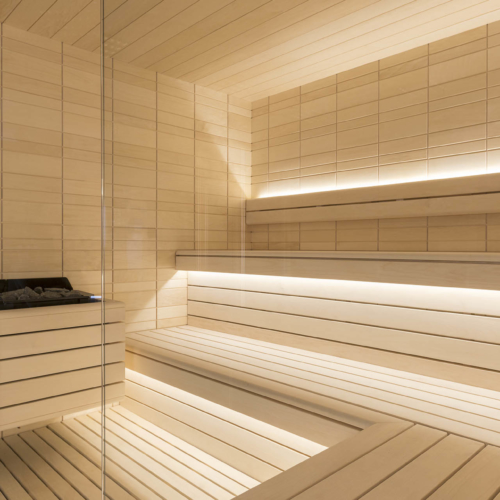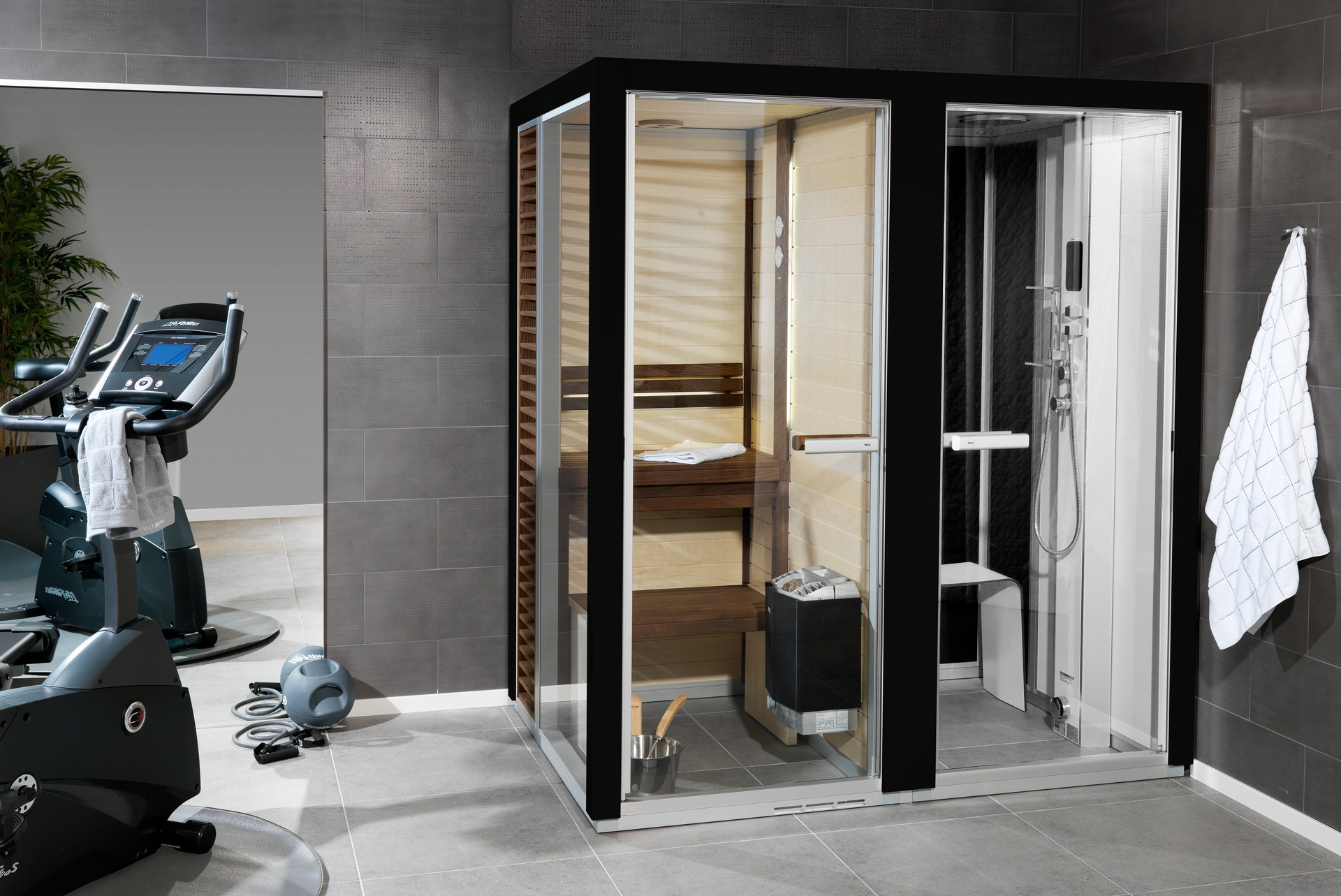Sauna History
The Finnish sauna has a long, rich heritage and knowing some of the culture and traditions that it contains can only add to your own enjoyment of the sauna experience.
The Finnish word, ‘sauna’, meaning a bath or bathhouse is apparently the only Finnish word that has entered the English language. It’s certainly true that the sauna itself has entered into the UK culture and lifestyle. Anyone who has ever taken a sauna will definitely remember that sense of heat that seems to sink right down to your bones, that incredible feeling of well-being that comes from being in such a cleansing space, the smell of cedar and that burst of sweat on your skin when water is first thrown onto the stones. Bathing in a sauna is a truly unique experience and it’s no surprise that it has been popular for over a thousand years. Back in the mists of time… The Finns were originally a nomadic people and the first ‘sauna’ was probably much more like a North American native sweat lodge. Skins and hides would be used to make a tent inside which a fire would provide heat and water would provide ‘löyly’ – the burst of steam that cleanses and purifies. In those times the simple state of being warm and clean was so rare that it certainly attained great significance.As the Finns ceased to wander and began to settle, the sauna began to change into something more structured and permanent. The first fixed sauna was perhaps nothing more than a pit dug in the ground containing a fire and covered with hide or branches but it soon became a more permanent structure and as its solidity grew, so did its significance.
“If tar, vodka or the sauna won’t help, then the disease is fatal.”
The next evolution of the sauna was an enclosed cabin with a fire heating a pile of stones. Once the fire had burned down and the smoke had cleared, the residual heat in the stones would keep the sauna warm for hours. This type of sauna was the norm for hundreds of years and it was during this time that most of the original sauna traditions and beliefs developed.
“The sauna is a poor man’s pharmacy.” The heat and humidity – and of course originally the smoke – of a Finnish sauna cabin created an environment that was clean, purifying and restoring. A Finnish farmer coming in from his fields in the evening would step into the sauna – that admittedly he sometimes used for drying his malts and smoking his meats – and the heat would relax his muscles and soothe his soul. The sauna was a place where children were born and women went through the purification ritual before marriage. There was no cleaner or more cleansing place. There is an old Finnish proverb that says, ‘If tar, vodka or the sauna won’t help, then the disease is fatal’. ‘Tar’ in this case meant distillations of pinesap that were used as an antiseptic. The trust in the health-giving properties of the sauna is clear. Such was the importance and the sanctity of the sauna that another Finnish saying goes, ‘In the sauna, one must conduct themselves as one would in church.’ In the modern world there are many claims made about the health-giving qualities of a sauna and some of them are perhaps hard to substantiate but there can be no doubt that there are few experiences that can match a saunas ability to soothe the aches of the body and ease the cares of the mind. As true today as it always has been.
By the 1920’s, smoke saunas began to be replaced by iron stoves that vented the smoke through a chimney. As Finns travelled and settled, they took their sauna culture with them. It was such an intrinsic part of their lives. In the 1950’s in America the first electric sauna stoves were developed and this technology quickly spread throughout the world and indeed back to the country of origin of the sauna. Electric stoves made saunas more accessible and easier for everyone. In Finland, with a population of about 5 million people, there are an estimated 2 million saunas. So, it must be said that the people who invented the sauna, are still in no doubt about its benefits.

